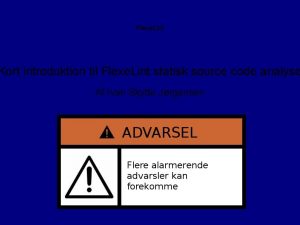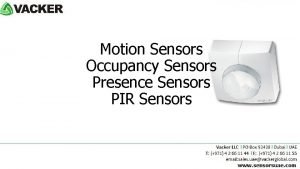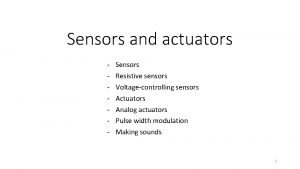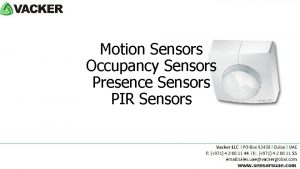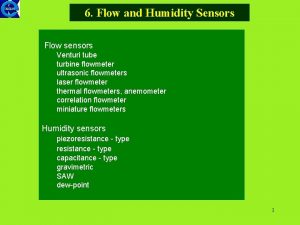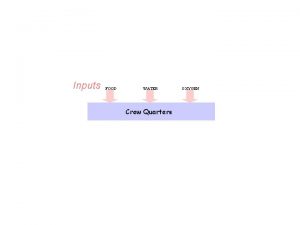Crew Quarters Lint Catcher Project Air flow sensors









- Slides: 9

Crew Quarters Lint Catcher Project Air flow sensors don’t read the correct air velocity when covered with dust. Ducting collects more dust than expected.

• There are 4 Crew Quarters in Node 2 Bay 5. They are a standard rack size (about the size of a large refrigerator) with a segment that extends into the isle way of the module called the Bump Out. The purpose of the Bump Out is to give the crew more internal space and to house the air circulation system.

The CQs are built such that there are two left Crew Quarters and two right handed. This shouldn’t matter for anything you are designing but it may explain some of the pictures you might see as being opposite what you expected. There are lots of space station tours that include the Crew Quarters on youtube.

Bump out being removed

• Air is pulled in through the front grill goes through a fan and then blows out past the crew’s face through a grill on the inside of the CQ. • A second fan pulls air from the a grill by the crew’s foot area and sends the air back into the rest of the module. • There is no added cooling or heating of the CQ air but the crew members are able change the fan speed to their liking. • The problem is that the station gets more dusty than we expected. Most of this dust comes from the people themselves. This dust gets into the ducting of the CQ and causes problems with the air flow sensors. • The ground support has had crew install a mosquito net like material on both the outside inlet grill and the inside inlet grill and it has done a good job of cutting down on the dust in the ducting but it was only intended as a temporary fix. Now we would like to have something that is a more permanent fix of the problem. Outside inlet grill

Inside inlet Grill is behind the T-shirt catcher. The T-shirt catcher stands off from the grill about 1” and prevents something from clogging up the inlet grill. The Tshirt catcher is made of Teflon and does not capture dust.

This is the inside inlet grill with dust in the ducting before the mosquito net material was installed.

Mosquito net material added to the outside inlet grill and to the inside inlet grill. Can you do better?

We have tested the air flow using this mosquito netting and it was able to satisfy our needs. The material on orbit appears to be more open but I don’t have measurements of it. Would it be better to have a disposable lint catcher that could be vacuumed a few times and then thrown away or to make a permanent lint catcher with a fine stainless steel mesh and grill that snaps to the front of the inside and outside grills? Or is there another idea that would be better? If you decide to make a grill, it is easier to vacuum and clean the mesh material if the grill that protects the mesh from a foot or finger pushing through it is behind the grill.











